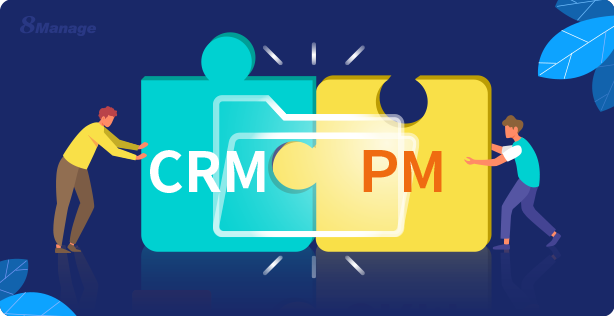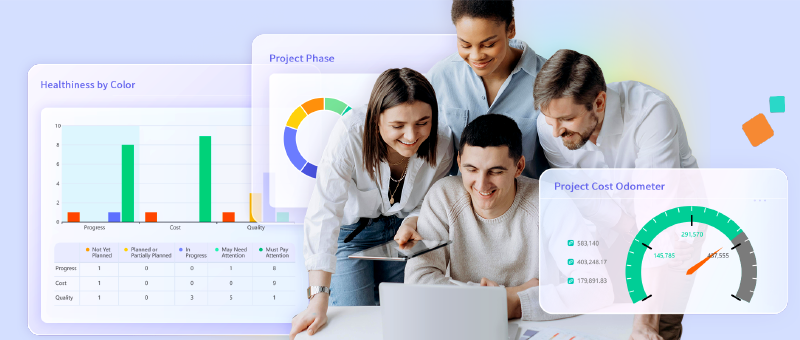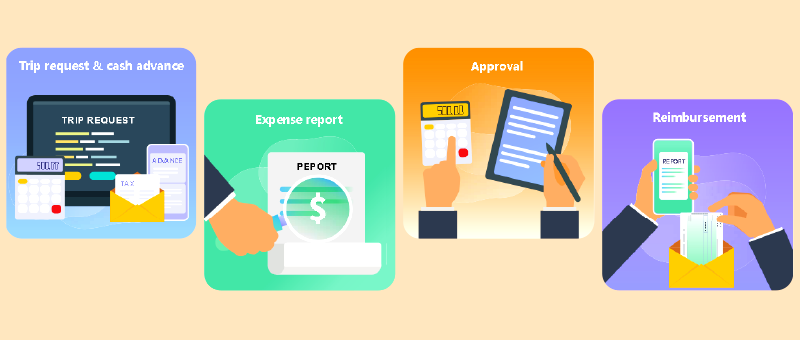Special News
CRM and Project Management Are Perfect Couple
2020-11-30
The primary challenge of project management (PM) is to achieve all of the project goals within the given constraints. The primary constraints are scope, time, quality and budget. The secondary — and more ambitious — challenge is to optimize the allocation of necessary inputs and integrate them to meet predefined objectives.

Integrated CRM and Project Management
Automating elements of project management can help keep projects on-track, on-time and within budget. It begins early in the project with initiation and planning and ends with completion (hopefully on-time) and review, and with the program involved at each step in the process. Projects can be reviewed while the project is in progress though that can be left up to the discretion of the project manager.
An examination may include a comparison of approved project management processes with how the project is actually being managed. Each project should be assessed for the appropriate level of control needed: too much control is time consuming, too little control risks project going off projected timelines. If project control is not implemented correctly, the cost to the business should be clarified in terms of errors and fixes.
Traditionally, project management includes a number of elements: four to five project management process groups, and a control system. Regardless of the methodology or terminology used, the same basic project management processes or stages of development will be used. Major process groups generally include:
Initiation – Determine a project is needed
Planning – Laying out all aspects
Execution – Launching the project
Monitoring – Observing the progress
Close out – Completing and reviewing
How does CRM assist with project management?
Project management is greatly assisted by CRM software in many ways. The following list highlights a few, quick things:
● Helps business manage the customer lifecycle in one system
● Helps separate teams collaborate on client initiatives and deliverables through unified task management, project pipelines, budgeting, reporting, and reminders
● Connects customer feedback and input with ongoing projects
CRM software and project management work well when coupled together. Three other elements of note can be found in the more robust software platforms that combine the two.
Tracking Milestones
To keep a project focused, milestones provide the project team achievable goals. Within a CRM, reports can be generated at specific intervals and delivered to the project manager. In addition, the Dashboard can allow those with predetermined access to view progress as it happens.
Recurring Tasks
Projects are broken down into smaller more manageable aspects called tasks. Tasks that comprise a bulk of the project can be automated and assigned a recurring status. As a result, the more menial and repetitive nature of certain tasks can be left to the program to perform. In this way, the larger role players can focus on the more involved tasks without delay.
Project Roles
When assigning various roles in a project, the more participants within a project, the more complicated it becomes in managing everyone’s contributions. As the platform connects the team in various ways, project roles can be distinguished by using the tracking capabilities inherently found in CRM software.
How does project management assist with CRM?
CRM focuses on the long term whereas project management works on a project basis. The long term customer relationship means many successful projects with the customer. In that sense, that is using project management to help CRM success. CRM and project management is the perfect couple for B2B customers whose deliveries are project-based.
Final Words
Modern cloud CRM and project management applications such as 8Manage CRM and 8Manage PM can work together and can help you to achieve the benefits mentioned above. Integrating older CRM and PM software which were designed by different teams using different application and database models based on different technology stacks will be costly and the post-integration effect won’t be good since they were not designed with each other in mind.
Most popular

How IPD drives product R&D toward commercial success

Top procurement management systems to elevate your business in 2025

Are your project managers ready for AI?
Related articles
How project management software tackles predecessor dependency delays and boosts R&D efficiency
2025-03-06
How to choose project management software for the entire project life cycle?
2025-03-04
Top 5 project management tools for banking and finance firms in 2025
2025-02-19
2025 Best team project management software: Top picks by category
2025-02-06
Top 5 project timesheet management systems: A comprehensive comparison
2025-01-22
Previous Article >
WBS in Agile Projects
WBS in Agile Projects
Next Article >
Using Timesheet to Improve Staff Motivation
Using Timesheet to Improve Staff Motivation






















































































































